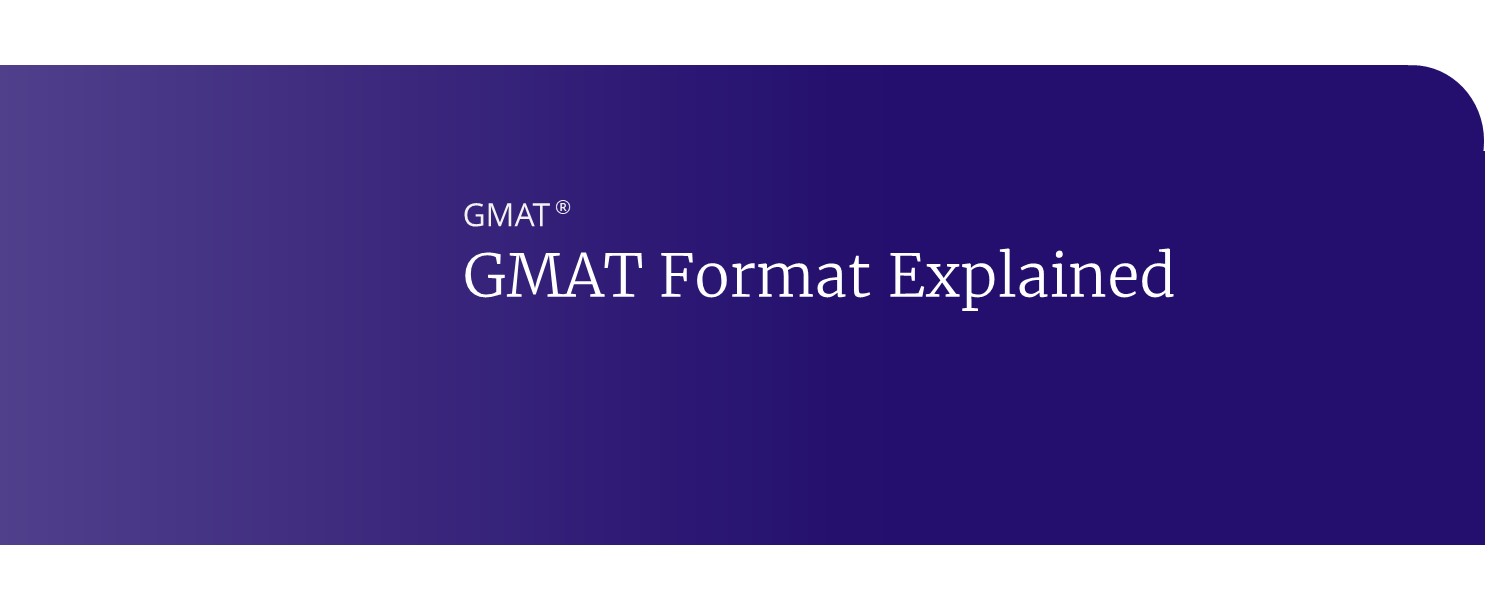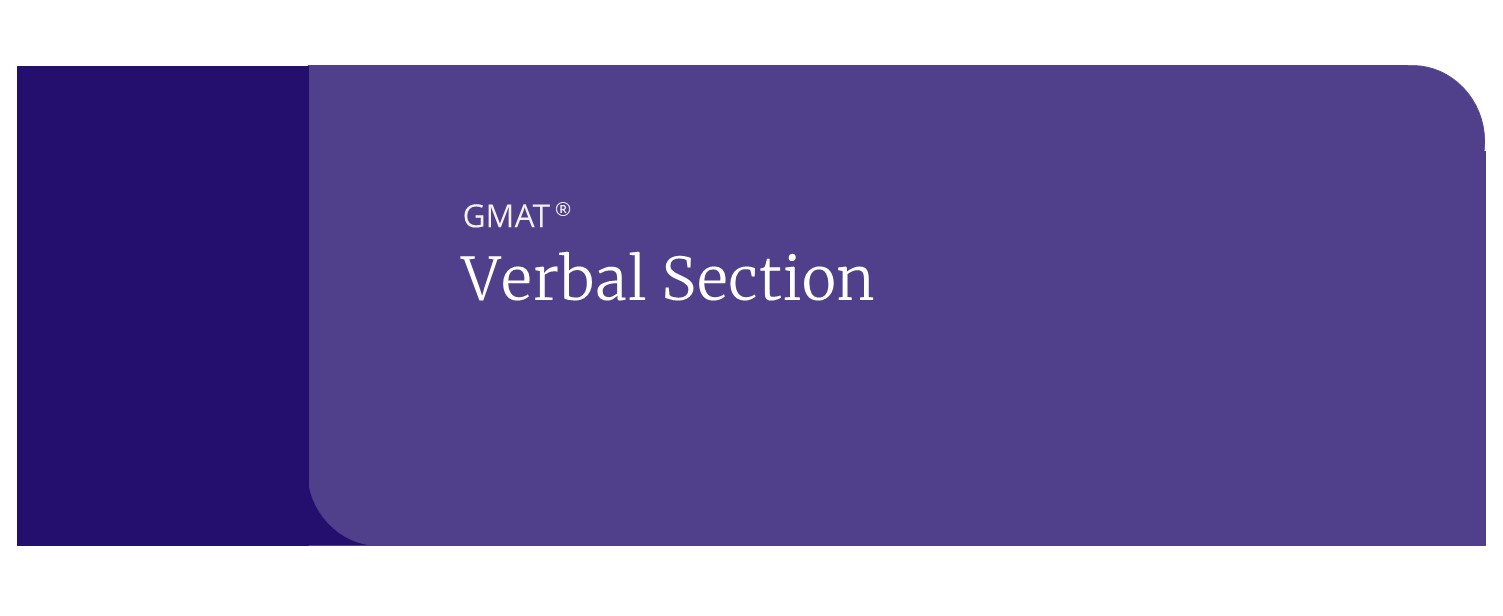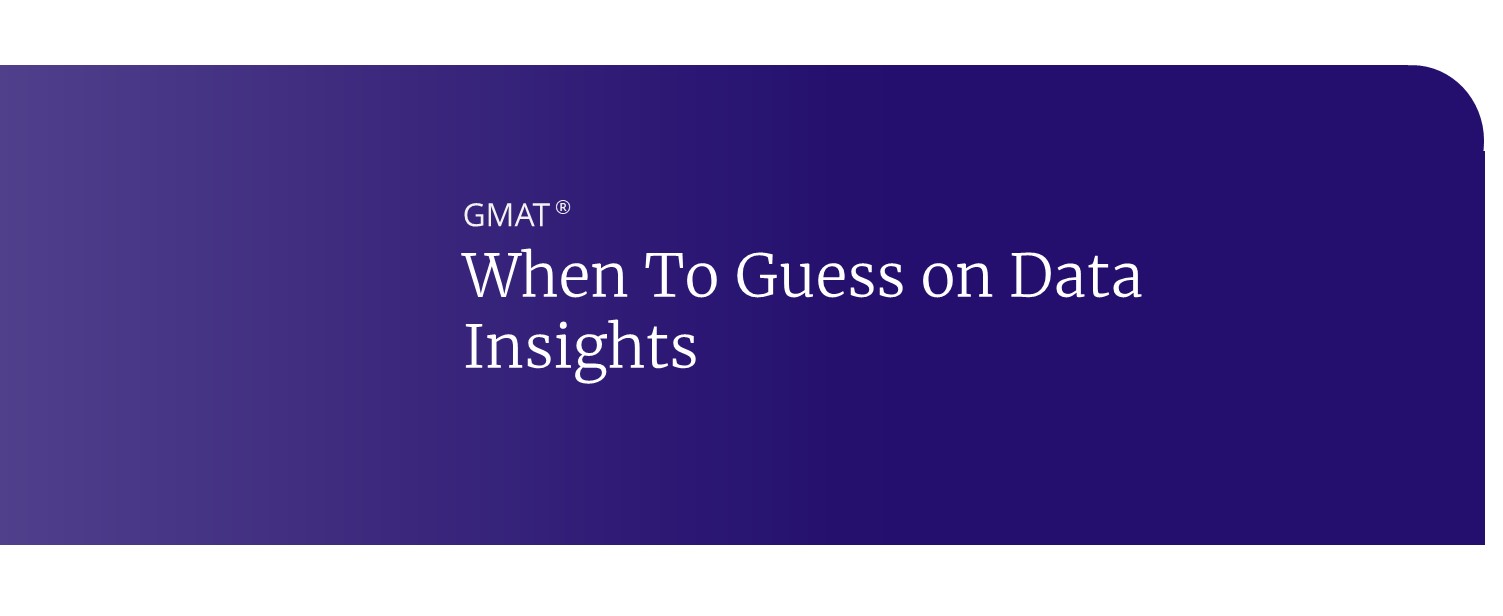GMAT Quantitative: Profit and Interest
You will encounter the following three types of Profit/Loss problems in the GMAT:
Profit/loss as percentage of Cost Price
In this case you will be given the cost price and sales price, and will be asked to simply calculate the profit/loss incurred by the seller by entering into the given transaction. This will be done by dividing the difference between the Sales Price and the Cost Price by the Cost Price. To convert the decimal into a percentage, you will multiply it by 100.
Profit/loss as percentage of Sales Price
Sometimes the problem will be worded differently and will require the test taker to calculate Profit Percentage for Seller, given the Sales Price and the Profit as a percentage of the Sales Price. In this case, user will first calculate the Cost Price based upon Sales Price and Sales Profit Percentage, and then calculate the Profit Percentage for the seller.
Profit/loss as percentage as percentage of Marked Price
Another flavor of profit/loss questions that you will see on the exam will ask you to calculate Profit/loss based upon the marked price and may also ask you to take any discounts into consideration.
Let’s assume that Marked price (M) is known. Cost Price (C) is known. The profit percentage at the Marked Price is also given. The problem may ask you to calculate the discount applied to the transaction.
Since (Discount = Marked Price – Sales Price), we need to determine the Sales Price to compute Discount.
Interest and Compound Interest
There are two types of interest problems on the GMAT, and they include simple interest and compound interest. Simple interest is the most basic and is a function of P, the principle amount of money invested, the interest rate earned on the principle, i, and the amount of time the money is invested, t (this is usually stated in periods, such as years or months). The resulting equation is:
I = iPt
In basic terms, the above equation tells us the amount of interest that would be earned on a principle amount invested (P), for a given time (t) at a given interest rate (i). For example:
Practice Questions
For compound interest, you would earn slightly more. Let’s look at similar type problem, though this one involves compound interest.
Explanation
For compound interest, first you need to divide the interest rate by how many compound periods there are. So for in the above question, because we are compounding semiannually, we need to divide 10% by 2 (because of 2 compounding periods), and if we were compounding quarterly, we would need to divide 10% by 4.
In the above question, Mr. Riley deposited $500 into his account at a rate of 10% compounded semiannually and the bank will divide his interest into two equal parts. They will pay 5% interest (10%/2) at the end of six months, and then will pay another 5% at the end of the year. Compound interest can essentially be translated into “interest paid on interest”, meaning that after one period, you are paid interest on the interest that was paid in prior periods, hence the phrase “compounding”.
So at the end of the six months, Mr. Riley has $525 because the bank paid $25 in interest ($500*5%) into his account. For the second half of the year, Mr. Riley is then paid 5% on the $525 balance that was in his account at the end of the first six months. This interest is equal to $525*5% = $26.25. Therefore, at the end of the year, Mr. Riley has $551.25, which is equal to his balance of $500, plus the $25 interest paid at the end of 6 months, plus $26.25 paid at the end of the year. Mr. Riley earns $1.25 more with this compound interest than he would have been paid if he were paid only 10% simple interest (would have been only $550). The lesson? Compound interest always pays more!
Let’s look at another similar type of problem that involves interest.
Explanation
At first glance, this one seems pretty tricky because you are given x% as the interest rate and it asks you about compounding and it might seem difficult where to find a starting point for this. For this one, it might be a bit easier to think about this without the use of compound interest, which might unnecessarily confuse you. Here, we are given x% as 8%, so all we need to do is take 112/8 = 14. Thus, we know that the money triples in value every 14 years. Further, we know that the money will triple exactly twice in 28 years, once in 14 years and one more time at the 28th year. So first we need to multiply the original $2500 invested by 3 to get the balance at the end of year 14 (because it triples), to get $7,500 (or $2,500*3). Now, we know that this balance of $7,500 will triple again, so the final balance at the end of the next 14 year period will be $22,500 (or $7,500*3). The correct answer choice is E.
Overall, the three types of interest problems you will most likely encounter come test day will be simple interest, compound interest, and word problems involving the mention of interest, but that can be solved without the application of interest or compound interest methods. The key to deciphering between compound interest and simple interest is to see how many periods the interest is paid….interest paid in one period is simple interest and interest “paid on interest” in multiple periods is compound interest. Finally, remember that some questions can be solved intuitively.




